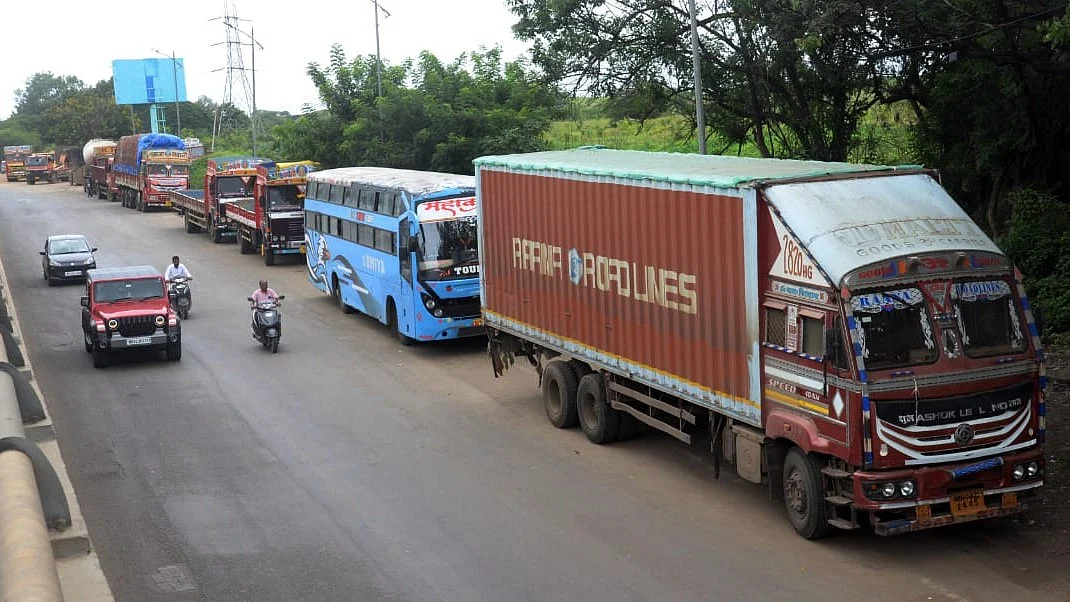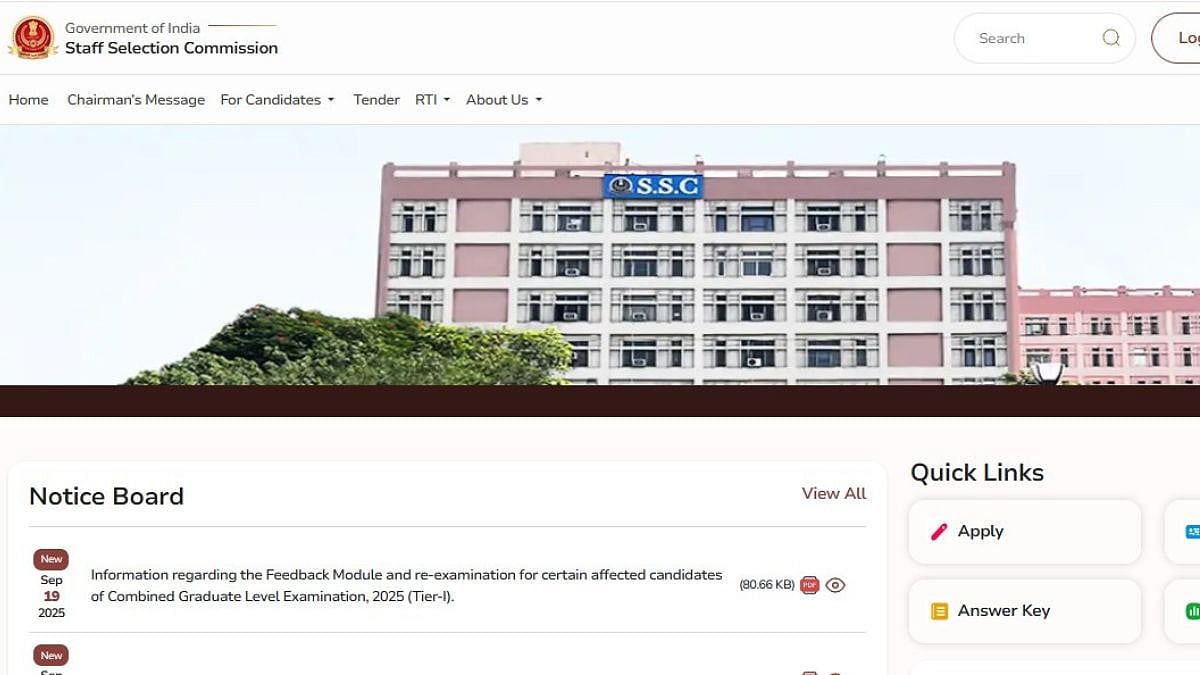The Indian economy has been in an expansionary phase for about two decades now and the trend is likely to accelerate in the next two decades as well, with growth-oriented policies.
A significant aspect of this growth will be commodity-intensity. India is already a large producer, processor and consumer as also exporter or importer of a wide range of commodities. Given the rising incomes and demographic pressure, the commodity market volumes are set to expand further.
These cover energy products (conventional and non-conventional), several categories of metals (industrial, base and precious), polymers and of course, agricultural goods (grains, oilseeds, sugar, cotton and so on).
From a commodity perspective, in a manner of speaking, India is set to go the China way. Over the last 30 years the Asian major expanded rapidly with production, consumption and trade in key commodities like steel, copper and aluminium, and major agricultural crops such as cotton and soybean.
Five mega trends are set to define and accelerate India’s commodity-driven growth. These trends may propel the consumption of some key commodities higher while some commodities may lose prominence.
Energy Transition: India is committed to decarbonise by moving away from polluting fossil fuels towards renewables to become net-zero by 2070. This means the country would gradually reduce its dependence on crude oil and coal. While India is already a large producer, importer and consumer of coal, it is a modest producer but large importer and consumer of crude oil.
As we move toward renewables, the composition of the basket of energy products will undergo changes. A gradual reduction in import and consumption of fossil fuels is inevitable. Simultaneously, renewables — solar energy, wind energy, nuclear energy, biofuels - will gain importance.
The transition towards renewable energy will mean more investment in energy infrastructure for renewables that in turn would translate to higher consumption of key materials such as steel, copper and aluminium. Demand for these metals is sure to surge as we make progress in our energy transition endeavour over the next several years.
Electrification: The country will inevitably move towards greater electrification for a wide variety of economic activities including, in the main, electric mobility. The way forward appears to be electric vehicles (EVs) including cars and trucks as well as electrified railways.
It must be recognised that devices for electric mobility are commodity intensive, especially metals intensive. For electrification, there will be greater demand for industrial metals including steel, copper, aluminium, nickel, cobalt, lithium, palladium and so on.
Electrification will also mean solar panels, construction of power grids and charging infrastructure for EVs, for instance. These also will involve use of a variety of metals.
Rapid urbanisation: Urbanisation is inevitable and is a mega trend none can stop. Migration of people from rural to urban areas mainly in search of livelihood is a global phenomenon. Development of urban areas would necessarily mean building urban infrastructure including residential and commercial properties, roads, bridges, water supply, drainage and other civic amenities.
Investment in fixed assets translates to consumption of vast quantities of commodities such as steel, zinc, aluminium, copper, cement and many more. As a thumb rule, commodities account for as much as 70 per cent of any infrastructure project cost.
Climate change: It is a reality and one cannot wish away the effect of global warming and climate change. The world continues to witness weather aberrations like frequent droughts, floods, hurricane, heat waves and so on. These evolving weather events not only adversely impact human life but also hurt economic activity, damage agricultural crops, disrupt mining and similar operations.
Adverse weather events resulting from climate change can potentially damage agricultural crop prospects in many countries and compromise food security. So, the world needs adaptation and mitigation measures including resilience through climate-smart agriculture. Large amounts of research dollars are required to mitigate the risks of climate change. The world food systems need to remain vigilant.
In our country, the extant challenge of land constraints and water shortage is further exacerbated by climate change. Some of our key crops like wheat and maize are at the limit of heat tolerance. So, agriculture sector stakeholders cannot afford to ignore the looming risk.

Resource nationalism: Given the emerging global scenario where resource-rich nations are sure to benefit from resource crunch elsewhere, one can safely expect resource nationalism to take hold. Countries are going to exercise increased levels of caution in releasing scarce resources such as rare earths and minerals for the world market. It may come as no surprise if countries strictly regulate or even place an embargo on export of commodities. Such a step can potentially distort markets and impact prices.
In metals and minerals, in particular, the existing supply chains are dominated by China. A lot of caution is required to ensure developmental plans are not derailed because of resource crunch.
Stakeholders in the commodity value chain must keep an eye on these mega trends and their impact. Policymakers have to take on board these mega trends because plans and investments can get stymied if the emerging mega trends are not factored in.
India cannot live in isolation. Our economy is integrating with the global economy through trade and investment routes. Similarly, our markets are integrating with the global market. Any development in the world market can willy-nilly impact our economy.
The point that India’s growth in the next 2-3 decades will be significantly commodity-intensive should alert policymakers to pay great attention to the sector and design growth-oriented and sustainable policies from a long-term perspective. Advancing sustainability principles through appropriate policy initiatives is key to sustained growth in a sustainable manner.
G Chandrashekhar is an economist, senior journalist and policy commentator, and provides policy inputs for the government. Views are personal












